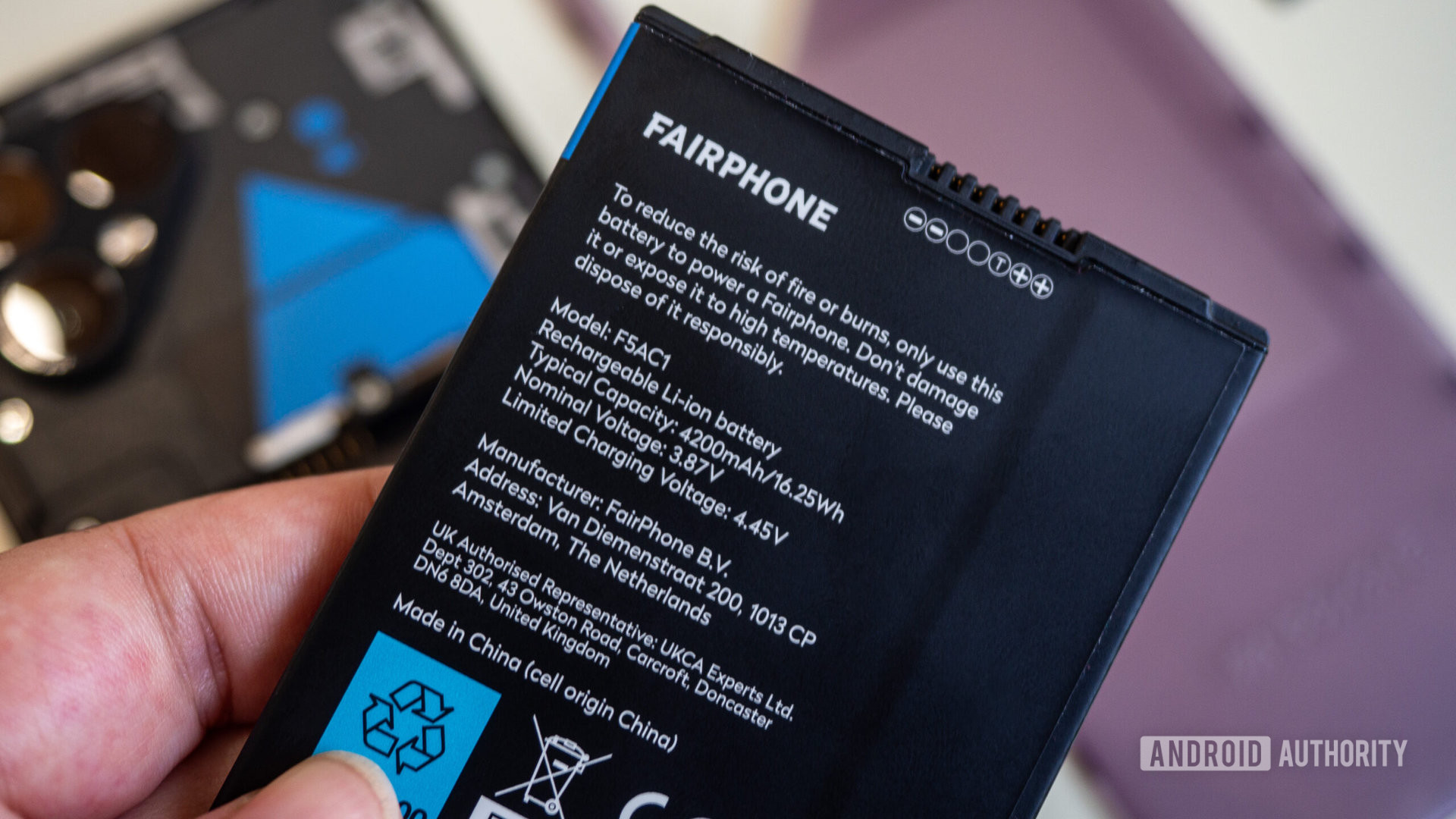Rita El Khoury / Android Authority
With the growing demand for longer-lasting and more efficient batteries, researchers and manufacturers are exploring new materials and technologies to revolutionize the way we power our devices. Silicon anode batteries are one such innovation that holds the promise of higher energy densities and improved performance. And with major companies like Porsche, Mercedes, and GM all announcing plans for investing in it, it’s no wonder why silicon anode batteries are turning the heads of many general consumers as well.
In this quick guide, we’ll discuss what silicon anode batteries are, how they compare to traditional graphite anode batteries, and the pros and cons associated with their use.
What is a silicon anode battery?
At the heart of any battery is an anode, a cathode, and an electrolyte. The anode is the part of the battery where the oxidation reaction occurs, releasing electrons and creating a flow of electric current. In traditional lithium-ion batteries, graphite has been the material of choice for the anode due to its stability and reliability.
However, silicon anode batteries are changing the game by replacing graphite with silicon in the anode. Silicon has some remarkable properties that make it an attractive alternative. Firstly, silicon has a much higher theoretical capacity to store lithium ions compared to graphite. In fact, silicon can store about ten times more lithium ions than graphite, which translates to significantly higher energy densities and potentially longer battery life.
The key to silicon’s high capacity lies in its ability to alloy with lithium.
The key to silicon’s high capacity lies in its ability to alloy with lithium. When lithium ions are inserted into silicon during charging, they form a stable lithium-silicon alloy. This process can accommodate a large number of lithium ions, which leads to a higher energy storage capacity.
But while silicon anodes offer exciting possibilities, they also come with their own set of challenges and considerations. To better understand the various advantages and disadvantages of silicon anode batteries, let’s compare them to their graphite counterparts.
Graphite vs. silicon anode batteries

Rita El Khoury / Android Authority
Graphite has been the go-to material for anodes in lithium-ion batteries for many years. It has proven to be reliable, safe, and cost-effective. Graphite anodes have relatively stable performance over multiple charge-discharge cycles, which is essential for consumer electronics, smartphones, and electric vehicles.
Silicon anode batteries, on the other hand, have the potential to outperform graphite in several key areas. As mentioned, silicon can store more lithium ions, resulting in higher energy densities. This means that devices powered by silicon anode batteries could have longer runtimes between charges or smaller and lighter batteries with the same capacity.
Silicon anodes can also facilitate faster charging, which is a significant advantage in today’s fast-paced world. Faster charging times mean less downtime for devices and electric vehicles, making them more convenient and practical for consumers.
Silicon anodes aren’t perfect, however; during the charge-discharge cycles, silicon tends to expand significantly as it is alloyed with lithium, leading to mechanical stress and potential damage to the battery’s structure. Researchers are actively working on engineering solutions to mitigate these issues, such as using silicon composites or nanostructured silicon materials.
Pros and cons of silicon anode batteries

Ryan Haines / Android Authority
With every material there are pros and cons. Here are some of the advantages of silicon anode batteries:
- High energy density: Silicon anode batteries offer the potential for higher energy densities, enabling longer battery life or smaller and lighter battery packs.
- Fast charging: Silicon anodes allow for faster charging times, improving the convenience of portable electronics and electric vehicles.
- Abundance: Silicon is one of the most abundant elements on Earth, making it a sustainable and cost-effective choice for battery manufacturing.
Cons of silicon anode batteries
- Volume expansion: Silicon anodes experience significant volume expansion during charging, leading to mechanical stress and potential damage.
- Cycle life: The expansion and contraction of silicon can reduce the cycle life of the battery, limiting its long-term reliability.
- Manufacturing challenges: Producing high-quality silicon anode materials can be challenging and may require innovative manufacturing techniques.
Overall, silicon anode batteries represent a promising advancement in battery technology, offering higher energy densities and faster charging. With that said, they also come with technical challenges that researchers and manufacturers are actively addressing. As the field of energy storage continues to evolve, silicon anode batteries have the potential to play a significant role in powering the devices and vehicles of the future.


